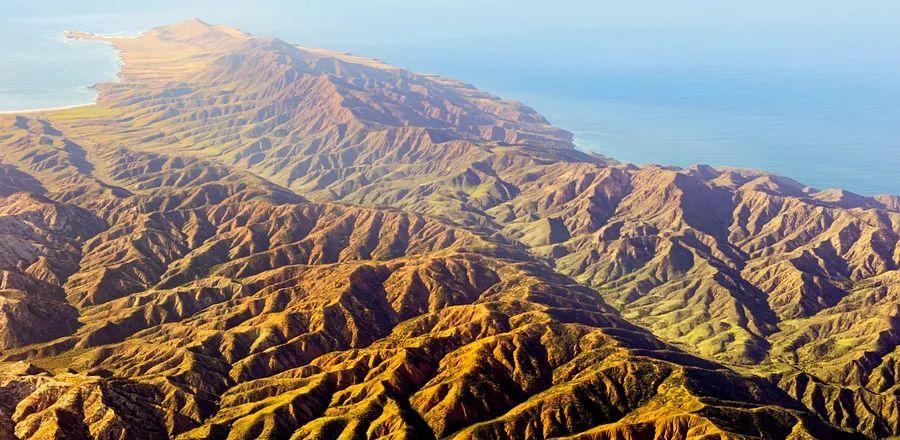This National Park Hosts the Richest Biodiversity in North America

During visits to family in Santa Barbara, California, photographer Justin Fantl frequently found himself captivated by the rugged islands over 20 miles away. "For years, I gazed across the channel, watching the shifting light and the distant peaks vanish and emerge from the fog," he reflects. "There was a magnetic allure and a profound sense of mystery about what lay beyond."
Fantl's first trip to Channel Islands National Park took place in 2019. The tranquility of the archipelago, accessible only by boat, drew him in. Since then, he has visited more than twenty times, capturing nearly 9,000 images of the park’s untouched mountains, ancient woodlands, stunning sea caves, unique species, and remnants of the history left by the Chumash and Gabrieleno (Tongva) peoples who inhabited the area for millennia.

Photo by Justin Fantl
The eight Channel Islands are categorized into two distinct geological groups. The northern four belong to the Transverse Ranges, while the southern four are associated with the Peninsular Ranges. In 1980, recognizing their extraordinary biodiversity, the northern four islands along with a smaller island from the southern group were designated as Channel Islands National Park, with the adjacent waters established as a marine sanctuary. Currently, one of the Chumash tribal councils—specifically the Northern Chumash—has proposed an expansion of this sanctuary into a 20,000-square-mile ocean conservation area aimed at restricting offshore oil drilling, safeguarding sacred Chumash sites, and providing a broader migratory route for marine species like gray whales.
Fantl is creating a photo book that captures the current state of the archipelago in its extensive history. "The islands have an almost timeless quality," he observes. "When you're there, it feels as if you're at the world's edge, separated both in time and space. There's a rawness to the environment that carries an undeniable sense of magic."
Biodiversity

Photos by Justin Fantl
Often referred to as "the Galápagos of North America," Channel Islands National Park, along with its 1,470-square-mile surrounding marine sanctuary, is home to over 2,000 species of plants and animals. "Some species are exclusive to the islands," says Fantl. "In fact, certain species can only be found on individual islands." In total, the park hosts 145 endemic species—including the dwarf island fox, island deer mouse, island spotted skunk, and island scrub jay—that are not found anywhere else on the planet.
Tree enthusiasts can admire the Santa Cruz Island ironwood tree, which grows on only three of the islands, or the Torrey pine tree, found solely on Santa Rosa Island and in San Diego County. Visitors may also spot elephant seals, dolphins, and sperm whales on the beaches and in the surrounding waters, along with vibrant kelp forests and coral gardens. The park's unique ecosystem arises from a combination of climatic and geological factors: two significant ocean currents converge here, as do two tectonic plates.
Human history

Photos by Justin Fantl
The Channel Islands are believed to be the site of the oldest human skeleton in North America: the 13,000-year-old Arlington Springs man. At that time, the four northern islands formed a single volcanic landmass. Additionally, there is evidence indicating that around 11,000 years ago, the Gabrieleno (Tongva) and Chumash peoples inhabited these islands, created tomols—sophisticated canoes—and engaged in trade with other Indigenous groups using shell beads as currency.
European explorers arrived in the 16th century, causing devastating impacts on local populations through the spread of diseases and forced relocations. By the 19th century, various ranchers, whalers, and fishermen had settled on several islands. Due to the archipelago’s strategic position, the U.S. military utilized it as a lookout for Japanese attacks during World War II and for training exercises (some areas still have military functions today). Approximately 5,000 Chumash people currently reside throughout California.
“As you explore the islands, you begin to uncover their history,” remarks Fantl. “You might pick up a rock and realize it was a tool crafted by Native people. In many ways, the islands serve as a living archive.”

1

2

3

4

5
Evaluation :
5/5